What’s the Difference Between Grow Lights and Sunlight? Can They Replace the Sun?

Grow Lights vs. Sunlight Introduction
As indoor agriculture continues to advance, one question frequently arises: Can grow lights replace sunlight? Indoor farming, hydroponics, and controlled environment agriculture (CEA) rely heavily on grow lights to provide consistent light sources. This article explores the distinctions between natural sunlight and grow lights, their impact on plant growth, and the critical role of grow lights in modern agriculture.
- How Does Sunlight Affect and Benefit Plant Growth?
- How Is Light from a Grow Bulb Different from Sunlight?
- Can Grow Lights Replace Sunlight? Do Plants Require Natural Sunlight??
- What Are the Best Types of Artificial Lights for Plants?
- What Should You Consider When Replacing Sunlight with Grow Lights?
- How Do Grow Lights Benefit Agriculture?
How Does Sunlight Affect and Benefit Plant Growth?
Sunlight provides the full spectrum of light essential for photosynthesis, the process plants use to create energy.
Natural sunlight spans wavelengths from ultraviolet (UV) to infrared (IR), covering the entire visible range (400-700 nm) and beyond.
This broad spectrum is ideal for plant growth in natural environments, as it provides balanced energy for various plant processes. Blue light encourages compact, robust foliage and root systems, while red light drives flowering and fruit production, supporting plants at every developmental stage.
The intensity and natural fluctuations in sunlight also contribute to plant health. The gradual shifts in light intensity and spectrum throughout the day and year acclimate plants to real-world stressors, making them more resilient.
Sunlight’s UV rays, while potentially harmful in excess, help boost plant defenses against pathogens, creating hardier crops.
Furthermore, infrared light supports tissue warming, aiding growth during colder seasons. Research reveals that natural sunlight promotes optimal pigment synthesis, contributing to vibrant colors, enhanced flavors, and higher nutritional value in produce.
How Is Light from a Grow Bulb Different from Sunlight?
Understanding “how is light from a grow bulb different from sunlight” helps to clarify why artificial lighting, especially LEDs, typically emits specific wavelengths rather than a full spectrum.
This selectivity allows for targeted plant responses by focusing on red and blue wavelengths, which are particularly effective in driving photosynthesis.
The science behind these light “recipes” has evolved, with red-blue or red-blue-far-red combinations promoting specific traits like dense foliage, large leaf area, and accelerated growth cycles.
Many studies have demonstrated the efficacy of these targeted spectra. For example, red and blue LEDs have been shown to increase chlorophyll concentration and growth rate in crops such as lettuce and cucumber.
Red light stimulates photoreceptor proteins that promote flowering, while blue light encourages stomatal opening, allowing better CO₂ intake.
By adjusting light wavelengths, growers can control growth parameters to yield desired characteristics, such as thicker leaves, shorter internodes, and faster biomass accumulation.
However, many LED grow lights lack the UV and IR wavelengths that natural sunlight provides. These missing elements can limit certain plant functions, including pathogen resistance and the full spectrum of photosynthetic activity.
As a result, while LED grow lights can enhance growth under specific conditions, they cannot fully replicate the natural spectrum and the nuanced effects sunlight has on plant morphology and metabolism.
Can Grow Lights Replace Sunlight? Do Plants Require Natural Sunlight?
The question of “can grow lights replace sunlight” highlights the challenges in replicating sunlight’s intensity and spectral diversity with artificial lighting.
Sunlight provides an unparalleled energy source, while grow lights, although effective in controlled environments, may not fully meet all plant needs, especially for plants accustomed to high-light conditions. For instance, cucumber plants grown under high-intensity LED lighting can achieve robust growth, yet natural sunlight can still yield more extensive plant development and higher photosynthetic rates.
Furthermore, plants exposed to continuous artificial lighting sometimes display stress signs such as chlorosis, or leaf yellowing , if the light does not include specific fluctuations or thermal cues.
The natural day-night cycle contributes to the plant’s circadian rhythm, regulating growth, nutrient uptake, and stress responses. Grow lights can disrupt this rhythm, leading to reduced quality and health over time, unless specific on/off cycles or spectrally diverse light sources are used.
Current research suggests that while grow lights are powerful for controlled agriculture, plants optimized for outdoor conditions may still achieve higher vitality under natural sunlight, making sunlight irreplaceable for certain species and growth stages.
What Are the Best Types of Artificial Lights for Plants?
Among artificial lights, LED grow lights stand out for their energy efficiency, long lifespan, and ability to provide targeted spectra for various plant stages.LED technology allows growers to manipulate light recipes tailored to each plant’s growth phase, from vegetative to flowering.
Red LEDs promote leaf expansion and flowering, while blue LEDs support vegetative and structural development. Supplemental far-red light can increase canopy size and biomass production, making it especially effective in species with dense leaf structures.
What color grow light is best? Specific light combinations, such as red-blue-white, have been shown to yield optimal growth rates and pigment synthesis in crops like potatoes and lettuce. White LEDs offer a broader spectrum, closer to natural sunlight, by combining red, green, and blue light. This full-spectrum approach is increasingly popular in agriculture, as it allows plants to undergo processes typically triggered by natural sunlight.
LED grow lights generate minimal heat, allowing them to be placed closer to plants without the risk of burn, making them ideal for high-density farming setups.
What Should You Consider When Replacing Sunlight with Grow Lights?
When replacing sunlight with grow lights, it’s essential to manage light intensity, duration, and distance from plants carefully.
Research indicates that plants generally need 12-16 hours of artificial light daily to match sunlight’s energy input. Properly positioned and calibrated LED lights can prevent plant stress and encourage indoor growth.
For instance, a blend of red, blue, and far-red LEDs set to a 100 μmol m²/s photosynthetic photon flux density (PPFD) can effectively mimic moderate sunlight conditions, enhancing growth, quality, and yield in crops like potatoes.
The choice of light intensity and spectrum depends on each plant’s needs. Leafy greens thrive under moderate light, while fruiting plants may require higher intensities to support flowering and fruiting stages.
Additionally, certain crops benefit from gradual light intensity shifts, mimicking sunrise and sunset. Such adjustments, made possible by advanced LED technologies, minimize potential stress factors and promote more natural growth cycles indoors.
How Do Grow Lights Benefit Agriculture?
Grow lights have revolutionized indoor agriculture, especially in vertical farms and urban agriculture systems where sunlight is limited.
Controlled environment agriculture (CEA) allows for year-round cultivation, independent of outdoor conditions. Grow lights enable high-density crop production, making them ideal for hydroponic systems where plants like lettuce, herbs, and strawberries are grown indoors. By managing photoperiods and light intensity precisely, growers can optimize yield while minimizing light stress, resulting in more resilient plants and higher productivity.
In addition, grow lights have proven essential for high-value crops like cannabis, which has specific lighting needs during different growth phases.
Research shows that precise control over light spectra, duration, and intensity in cannabis cultivation can significantly impact yield, tetrahydrocannabinol (THC) and cannabidiol (CBD) concentrations, and flowering time.
LED grow lights allow cultivators to tailor light recipes, increasing THC and CBD content in a predictable manner, thus enhancing both quality and profitability.
This control is particularly advantageous for commercial growers, as it enables consistent, high-quality production to meet market demands in the expanding medicinal and recreational cannabis sectors.
Conclusion
In sum, while grow lights have transformed indoor and urban agriculture by providing reliable and adjustable light sources, sunlight remains the ultimate source of full-spectrum light that supports natural plant growth.
Grow lights, especially LEDs, play a crucial role in controlled environments, yet they still lack sunlight’s complete range and intensity. As technology advances, the effectiveness of grow lights will continue to improve, making them indispensable in modern agriculture, particularly in urban and high-density setups.
However, sunlight remains irreplaceable for certain crops and growth stages, ensuring that natural light will continue to be a valuable component in agricultural systems.
—-
References
- Murad, M. A., & Jeong, B. R. (2021). Light Emitting Diodes (LEDs) as Agricultural Lighting: Impact and Its Potential on Improving Physiology, Flowering, and Secondary Metabolites of Crops. Sustainability, 13(4), 1985. https://www.mdpi.com/2071-1050/13/4/1985
- Lanoue, J., Zheng, J., Little, C., Grodzinski, B., & Hao, X. (2021). Continuous Light Does Not Compromise Growth and Yield in Mini-Cucumber Greenhouse Production with Supplemental LED Light. Plants, 10(2), 378. https://www.mdpi.com/journal/plants/special_issues/artificial_light_applications
- Frontiers Research Topic: Light Application in Controlled Environment Horticulture. Frontiers in Horticulture. https://www.frontiersin.org/journals/horticulture/articles/10.3389/fhort.2024.1413224/full
- Namdar, D., Mazuz, M., Ion, A., & Koltai, H. (2021). LED Lighting Effects on Accumulation of THC and Terpenes in Cannabis sativa. Frontiers in Plant Science. https://www.frontiersin.org/articles/10.3389/fpls.2021.620021/full
- Millar, S. A., Stone, N. L., Yates, A. S., & O’Sullivan, S. E. (2018). A Systematic Review of Cannabidiol Dosing in Clinical Populations. Frontiers in Pharmacology. https://www.frontiersin.org/articles/10.3389/fphar.2018.01365/full
Related Posts:
Hot Product
Handbook Series
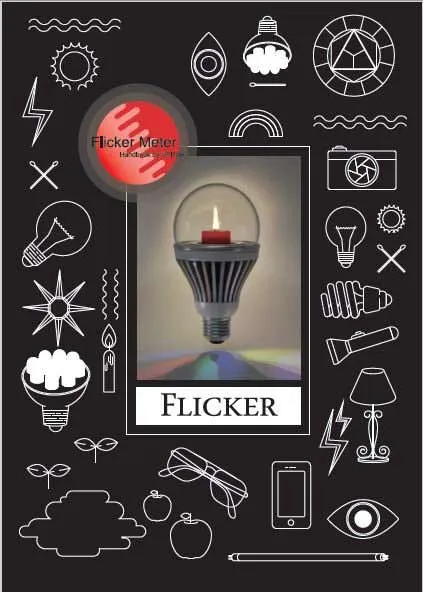
The Flicker Handbook
Everything thing you need to know about Flicker, an insidious, potentially serious lighting artifact impacting visual safety for public places like hospitals, offices, libraries, and more...
About UPRtek

United Power Research and Technology
UPRtek (est. 2010) is a manufacturer of portable, high-precision light measurement instruments; Handheld Spectrometers, PAR meters, Spectroradiometers, Light Calibration Solutions.
UPRtek HQ, R&D and manufacturing are all based out of Taiwan, with Worldwide representation through our certified Global Resellers.
Latest Articles
Category
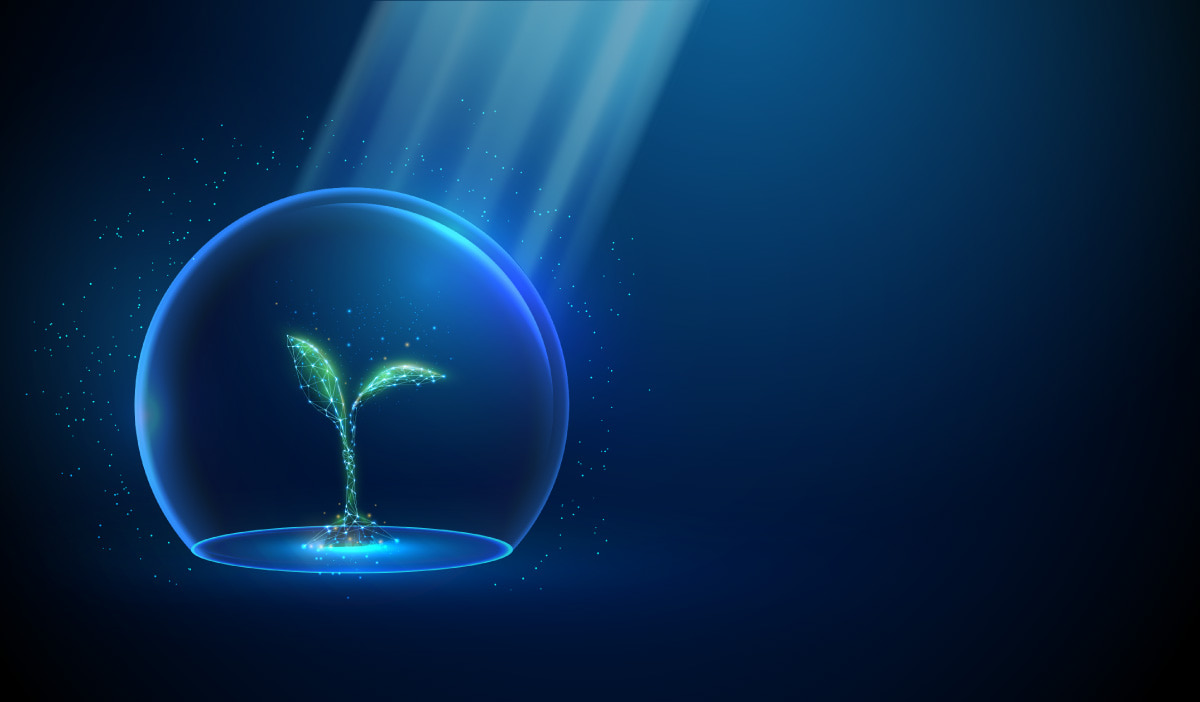
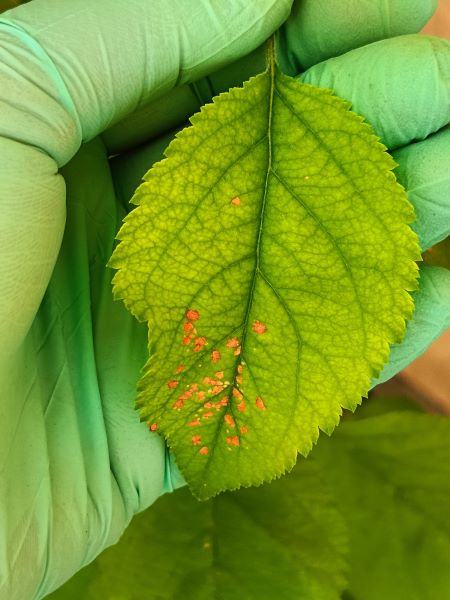
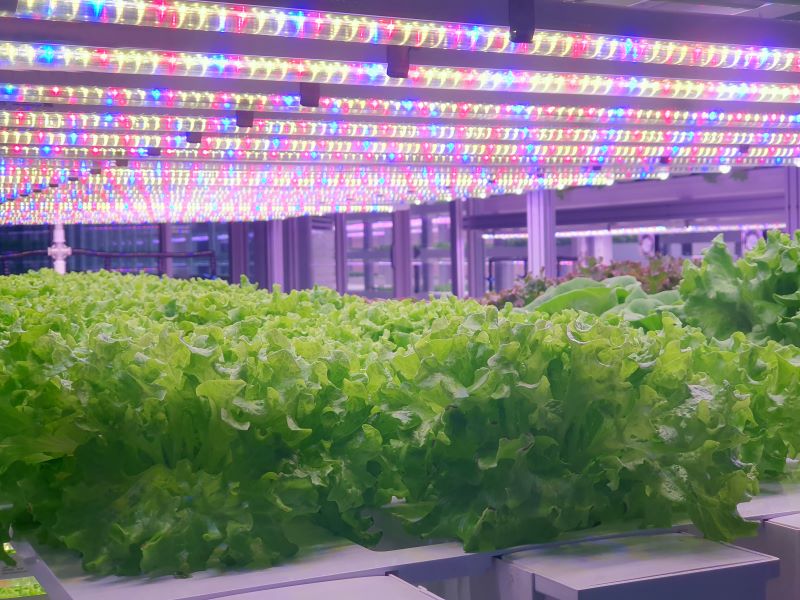








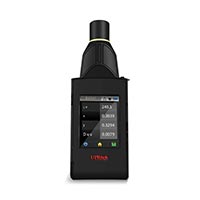

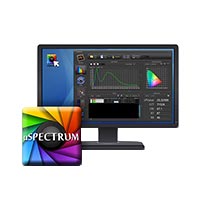
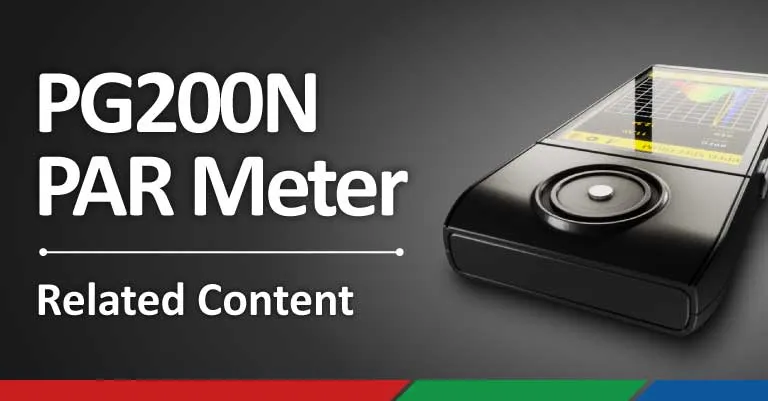
0 Comments